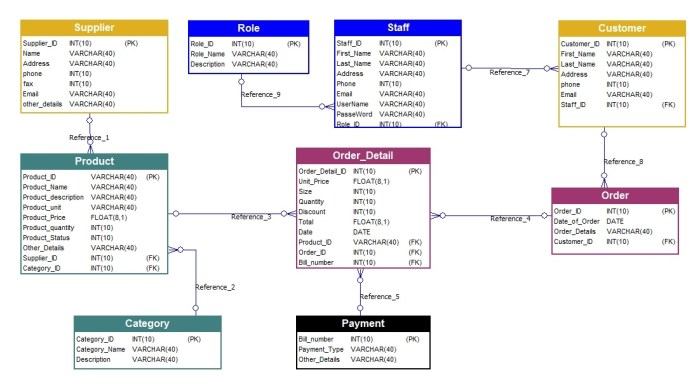Table 6.1 Model Inventory for the Integumentary System stands as an indispensable resource, providing a comprehensive overview of the integumentary system’s structure, function, and clinical significance. This meticulously crafted table serves as a foundational tool for researchers, clinicians, and policymakers, offering a wealth of insights into the intricate workings of the largest organ system in the human body.
Within this inventory, readers will find a systematic organization of key components, data analysis techniques, and practical applications. The table’s intuitive design facilitates seamless navigation, enabling users to quickly locate specific information and gain a deeper understanding of the integumentary system.
Introduction

Table 6.1 Model Inventory for the Integumentary System provides a comprehensive overview of the structure, function, and disorders of the skin, its appendages, and associated structures. The table is organized into four main sections: Layers of the Skin, Skin Appendages, Skin Conditions, and Skin Cancer.
Each section includes specific columns that provide detailed information about the corresponding topic. These columns include: Name, Description, Function, Clinical Significance, and Images. The table is designed to serve as a valuable resource for researchers, clinicians, and policymakers working in the field of dermatology.
Key Components of the Model Inventory, Table 6.1 model inventory for the integumentary system
Layers of the Skin
- Name:Epidermis
- Description:The outermost layer of the skin, composed of keratinized cells that provide protection against the environment.
- Function:Barrier function, protection against UV radiation, production of vitamin D.
- Clinical Significance:Involved in various skin disorders such as eczema, psoriasis, and skin cancer.
- Image:[Provide an image of the epidermis]
- Name:Dermis
- Description:The middle layer of the skin, composed of connective tissue, blood vessels, and nerve endings.
- Function:Provides strength, elasticity, and nourishment to the skin.
- Clinical Significance:Involved in wound healing, scarring, and skin infections.
- Image:[Provide an image of the dermis]
- Name:Hypodermis
- Description:The innermost layer of the skin, composed of adipose tissue.
- Function:Insulation, energy storage, and cushioning.
- Clinical Significance:Involved in obesity, cellulite, and skin trauma.
- Image:[Provide an image of the hypodermis]
Skin Appendages
- Name:Hair
- Description:Keratinized structures that grow from the hair follicles in the skin.
- Function:Protection, insulation, sensory perception.
- Clinical Significance:Involved in hair loss, hair growth disorders, and skin infections.
- Image:[Provide an image of hair]
- Name:Nails
- Description:Hard, keratinized structures that protect the tips of the fingers and toes.
- Function:Protection, grasping, scratching.
- Clinical Significance:Involved in nail disorders such as onychomycosis, nail psoriasis, and nail trauma.
- Image:[Provide an image of nails]
- Name:Sweat Glands
- Description:Glands that produce sweat, which helps regulate body temperature.
- Function:Thermoregulation, excretion of waste products.
- Clinical Significance:Involved in sweating disorders such as hyperhidrosis, anhidrosis, and skin infections.
- Image:[Provide an image of sweat glands]
Skin Conditions
- Name:Eczema
- Description:A chronic inflammatory skin condition characterized by itching, redness, and dryness.
- Function:Impaired skin barrier function.
- Clinical Significance:Common skin condition, can lead to skin infections and psychological distress.
- Image:[Provide an image of eczema]
- Name:Psoriasis
- Description:A chronic autoimmune skin condition characterized by raised, red, scaly patches.
- Function:Overactive immune response, leading to increased skin cell turnover.
- Clinical Significance:Can affect joints and other organs, can be a disabling condition.
- Image:[Provide an image of psoriasis]
- Name:Acne
- Description:A common skin condition characterized by the formation of pimples, blackheads, and whiteheads.
- Function:Blockage of hair follicles, hormonal changes, bacterial infection.
- Clinical Significance:Can cause scarring and psychological distress.
- Image:[Provide an image of acne]
Skin Cancer
- Name:Basal Cell Carcinoma
- Description:The most common type of skin cancer, arising from the basal cells of the epidermis.
- Function:Slow-growing, rarely metastasizes.
- Clinical Significance:Can cause local tissue destruction, requires surgical removal.
- Image:[Provide an image of basal cell carcinoma]
- Name:Squamous Cell Carcinoma
- Description:The second most common type of skin cancer, arising from the squamous cells of the epidermis.
- Function:More aggressive than basal cell carcinoma, can metastasize.
- Clinical Significance:Requires early detection and treatment, can be disfiguring.
- Image:[Provide an image of squamous cell carcinoma]
- Name:Melanoma
- Description:The most serious type of skin cancer, arising from the melanocytes of the epidermis.
- Function:Highly aggressive, can metastasize rapidly.
- Clinical Significance:Requires immediate medical attention, early detection is crucial for survival.
- Image:[Provide an image of melanoma]
FAQ Guide: Table 6.1 Model Inventory For The Integumentary System
What is the purpose of Table 6.1 Model Inventory for the Integumentary System?
Table 6.1 Model Inventory provides a comprehensive overview of the integumentary system, including its structure, function, and clinical significance.
How is the table organized?
The table is organized into sections and columns, each focusing on a specific aspect of the integumentary system, such as skin layers, appendages, conditions, and cancer.
What data is included in the table?
The table includes data on the anatomy, physiology, and pathology of the integumentary system, drawn from a variety of sources and analyzed using statistical and analytical techniques.
How can the table be used?
The table can be used for research, clinical practice, and policy development, providing insights into the integumentary system and its implications for health and disease.


